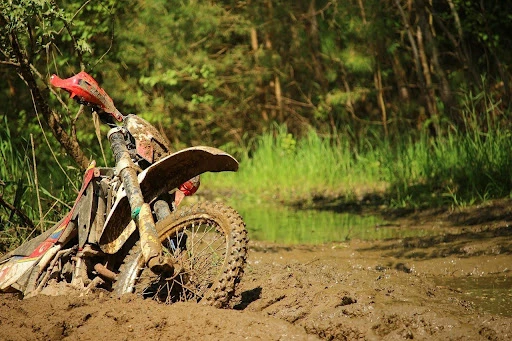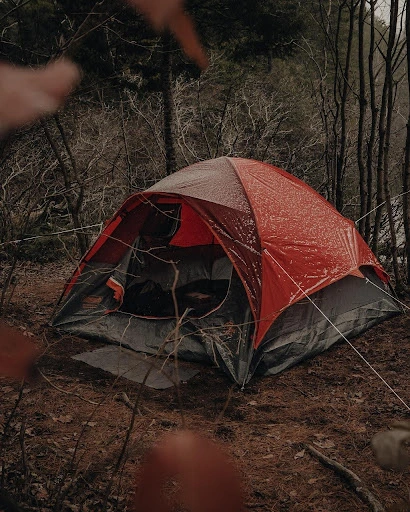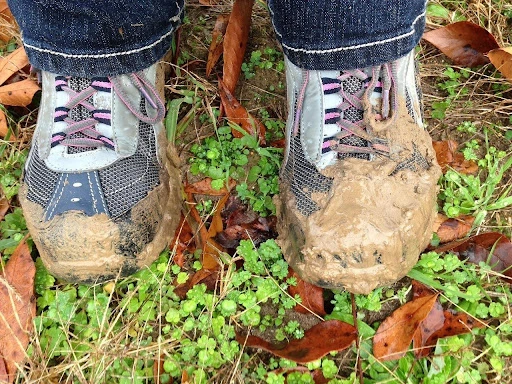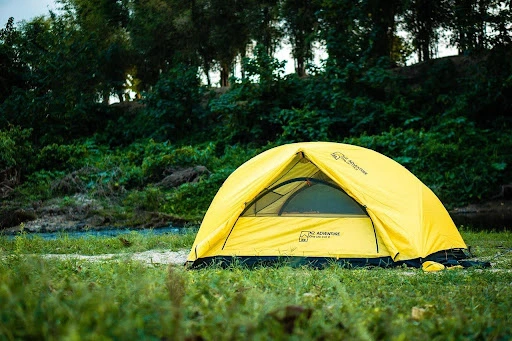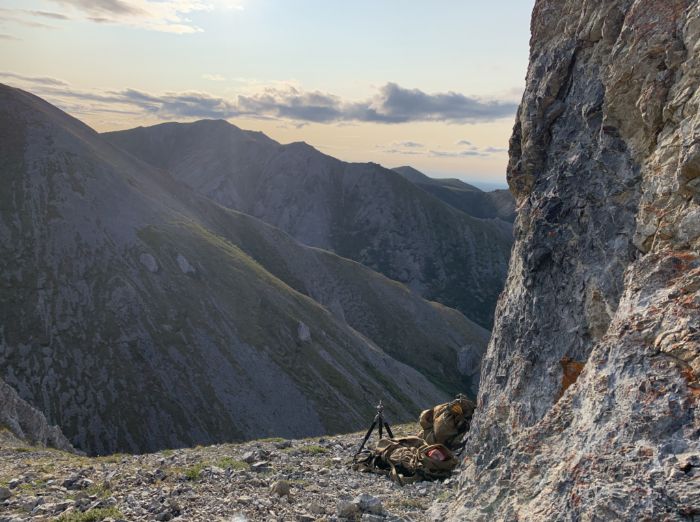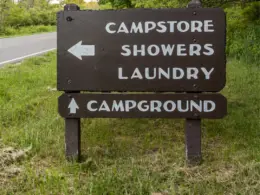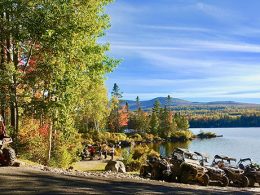Rain taps your tent, a gentle spring rhythm. But when you step outside, your boots sink into a muddy bog, and the campsite you chose feels like a swamp. In late April, North America’s rains and snowmelt transform many camping spots into waterlogged disasters. Smart site selection keeps you dry and comfortable, turning a soggy challenge into a triumph. This guide teaches you how to pick campsites that resist mud and flooding, drawing on years of camping experience to help you navigate spring’s wet conditions with confidence.
Table of Contents
Why Spring Camping Demands Careful Site Selection
Spring awakens forests and fields with vibrant colors, but it also unleashes heavy rains and swollen streams. Lowlands pool with water, wooded areas churn into muck, and waterbodies surge. Poor site choices lead to soaked gear, stuck vehicles, or harmed ecosystems. Understanding terrain, soil, and weather patterns empowers campers to select spots that stay firm and dry. The following lessons, shaped by seasons of dodging muddy campsites, provide a blueprint for rain-resistant camping.
Choose Campsites with Mud-Resistant Features
Gravel pads crunch underfoot, a signal of a campsite that defies rain. Elevated terrain or raised platforms lift tents above water’s reach, keeping gear dry. Seek sites with gravel bases, wooden platforms, or drainage ditches—features that channel water away like small streams. Developed campgrounds often include these, shining in wet conditions.
Gravel pads hold firm during downpours, while platforms elevate you above soggy ground. Drainage ditches, subtle but effective, redirect runoff. Ask campground staff about these features or check site details online. A camper’s trick, learned from muddy missteps: lay a waterproof groundsheet under your tent to block moisture, and avoid compacting soil to preserve natural drainage. These features help keep your feet and gear dry, even in relentless rain.
Identify Well-Draining Soils
Soil type determines a campsite’s fate in wet weather. Sandy soils let water slip through like a sieve. Rocky soils shed rain quickly, offering solid footing. Clay-heavy soils, however, trap water, creating sticky mud pits. Learn to spot well-draining soils by researching soil types through online resources like government soil maps. Sandy ground feels loose and gritty, while rocky terrain provides a firm base. Clay feels slick and dense, a red flag for mud.
Avoid Low-Lying Areas in Forests
Forests hum with life, their damp air rich with earthy scents. But low-lying pits act like basins, collecting water into muddy pools. After spring rains, these spots become quagmires. Choose sites on ridges or knolls, where water flows downward. Topographic maps, often available online, highlight elevated terrain. Look for gentle slopes that guide runoff away from your tent. Before pitching, walk the site. Spongy ground or nearby puddles signal trouble. If the soil feels soft or smells overly damp, move to higher ground.
Keep Distance from the Water’s Edge
Lakes and rivers draw campers with their serene beauty, their ripples a soothing backdrop. But camping too close risks disaster when spring rainstorms swell waters overnight, flooding tents and gear. Select sites 100-200 feet from the water’s edge to stay safe. Online tools like river level trackers or weather apps help assess flood risks. Look for natural barriers, such as berms or raised banks, between the site and water.
Additional Lessons for Dry Spring Camping
Experience sharpens instincts for staying dry. Monitor recent rainfall with weather apps to avoid saturated areas. Target drier microclimates, where spring showers are lighter. Developed sites with fire rings or picnic tables often indicate better drainage planning—prioritize these for safe bets. Pack portable mats or old rugs to cover muddy paths around camp. Scout a backup site within the campground upon arrival, in case rain worsens.

